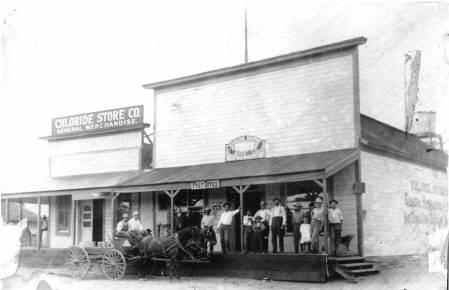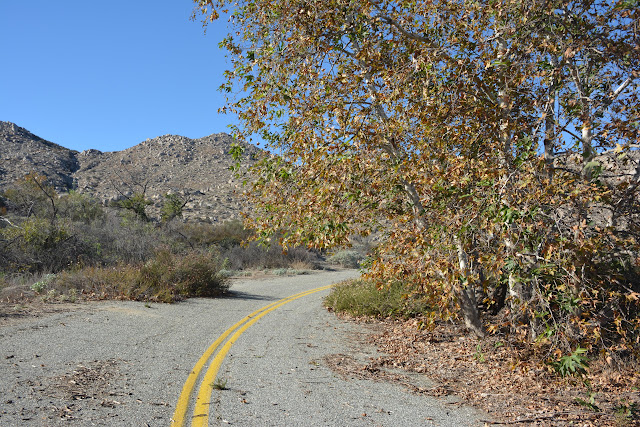First off, thanks so much for the supportive comments and emails I've received lately. It feels good to be back to posting my normal stuff.
----------------------------------------
I'll start this post with the end first. Please examine the following photo. The colorful mural in the middle of the photo is certainly beautiful and the artist is clearly talented. However, does it belong in the same area as a sacred native american rock art site? Further, does it belong on the SAME rocks as ancient petroglyphs (check out the middle right of the photo)? I REALLY don't think it does, but apparently some folks in the local area don't agree.
please embiggen
----------------------------------------------
The Good
The Cerbat (mountain sheep) Mountains lie in the northwestern part of Arizona. These petroglyphs were probably created by the Hualapai (people of the tall pines), or possibly an earlier group (no one really knows). This site isn't very large or elaborate, nor is it very well preserved. It is however, very old.
A few miles in the background is the little ghost town/mining camp/artist colony of Chloride, Arizona. It is the oldest mining camp/town in the state. It's called a ghost town (for the tourists), but even if it isn't, it's still worth spending some time there.
The Ubiquitous Bighorn Sheep
Yes, unfortunately, those round marks are from bullet impacts.
The Bad
In the mid-1960's, a well known artist (Ray Purcell), created brightly colored images on rocks in the exact same location as the above petroglyphs. In some cases, side by side. Vandalism? Ignorance? Arrogance? Clearly (and unfortunately), somebody comes up here on an occasional basis and touches up the murals.
Do I think Ray Purcell's art is beautiful? Yes, I do.
Do I think it is TOTALLY out of place here and should not be touched up? Yes, I do.
The discovery of gold and silver (and other things) had an absolutely terrible and inhumane impact on the indigenous people of the area. To disregard and disfigure their sacred places, is like rubbing salt into the wounds. Maybe it's just me that is bothered by this, but I hope that isn't the case....
I hope I don't get any negative comments from people in Chloride because of this (remember my post on the
town of Needles?). Especially not before I do a couple of posts on the actual town.
.


































































